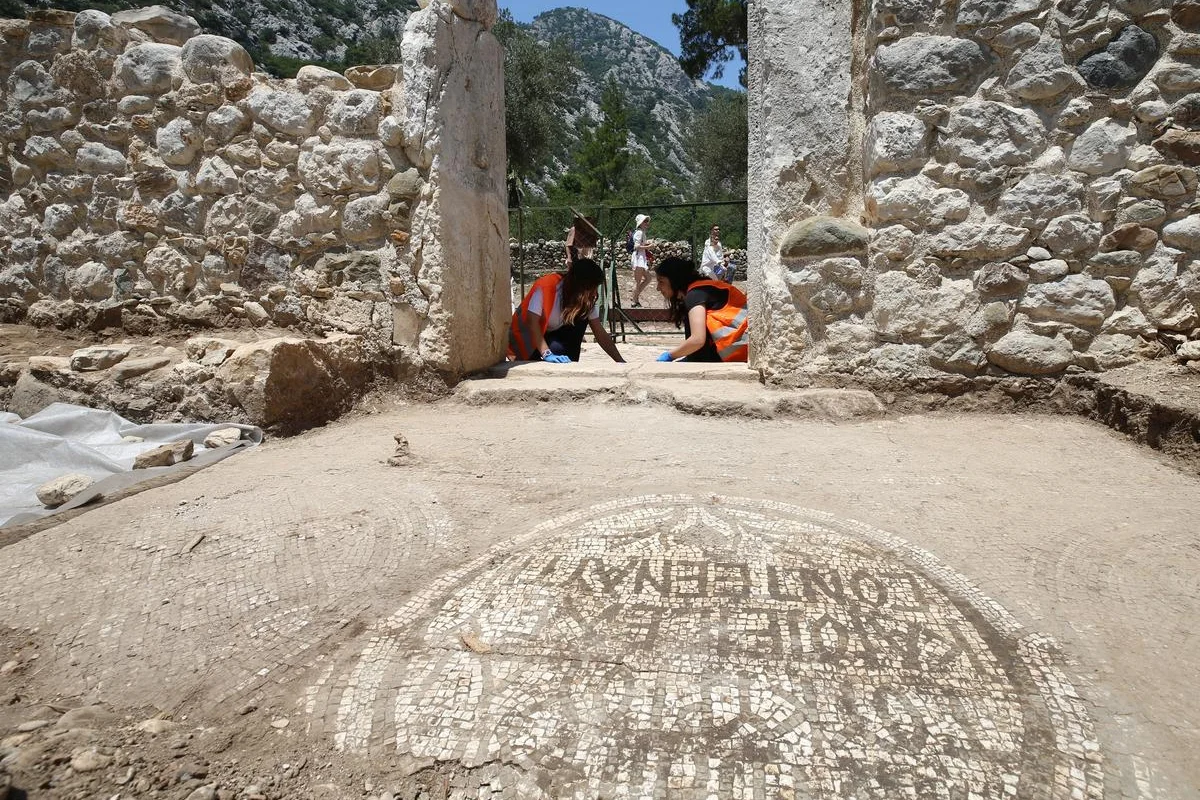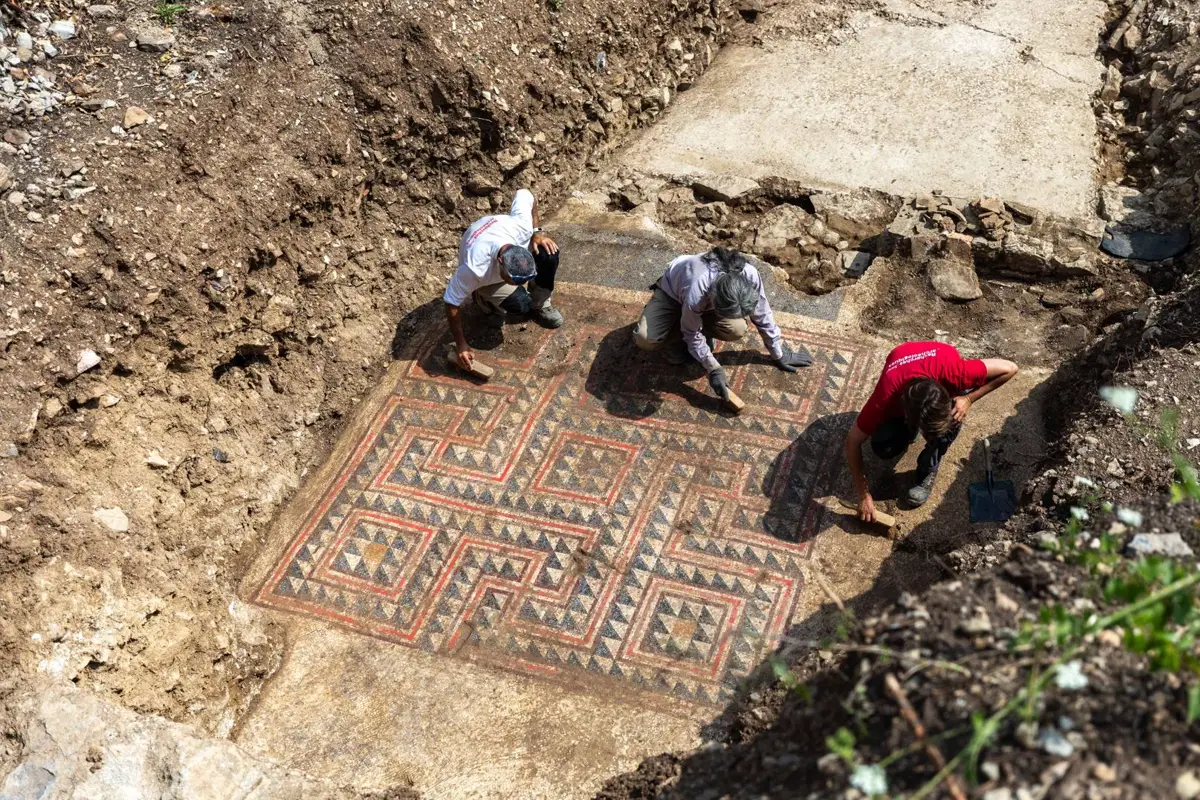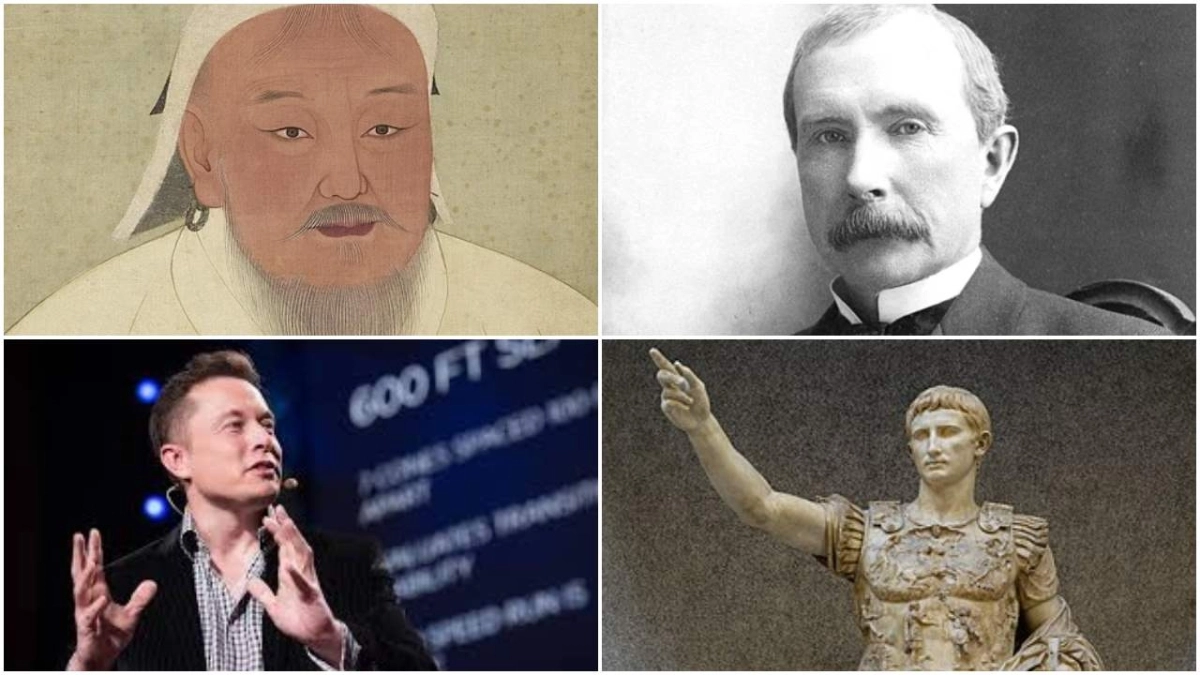The Roman Republic was one of the most influential political entities in history, shaping governance and law for centuries to come. However, despite its strengths, internal and external pressures ultimately led to its demise. This article examines the political, social, and military factors that contributed to both its rise and its eventual collapse.
The Rise of the Roman Republic
The Roman Republic was established in 509 BCE following the overthrow of the Roman monarchy. The republic was characterized by a system of checks and balances, with power divided among the Senate, the Consuls, and popular assemblies. This system allowed for political stability and expansion, as Rome grew from a small city-state into a dominant Mediterranean power.
Key to the Republic’s rise was its ability to integrate conquered peoples, granting them varying degrees of citizenship and military participation. Rome’s legions, highly disciplined and adaptable, played a crucial role in securing victories over rival states such as Carthage and the Hellenistic kingdoms.
Political and Social Challenges
Despite its successes, the Republic faced significant internal strife. The struggle between the patrician aristocracy and the plebeian class led to repeated conflicts, including the creation of the Tribune of the Plebs to protect the rights of common citizens. Economic disparities widened, with wealthy elites acquiring vast estates (latifundia) worked by enslaved laborers, further marginalizing the lower classes.
The increasing reliance on personal political ambitions rather than collective governance weakened the system. Leaders like the Gracchi brothers attempted reforms but met violent opposition, setting a precedent for political violence. The competition for power among influential generals, including Marius and Sulla, led to civil wars that eroded republican institutions.
Military Factors and the Fall of the Republic
Rome’s military successes paradoxically contributed to its downfall. The conquests brought immense wealth, but they also created new power struggles. Generals like Julius Caesar amassed personal armies loyal to them rather than to the state, undermining traditional republican governance.
Caesar’s crossing of the Rubicon in 49 BCE marked a decisive moment, leading to the final collapse of the Republic. After his assassination in 44 BCE, the resulting power vacuum saw the rise of Augustus, who effectively ended the Republic and established the Roman Empire in 27 BCE.
Conclusion
The fall of the Roman Republic was the result of a complex interplay of political corruption, social inequality, and military transformations. While it set the stage for the stability of the Roman Empire, its demise serves as a cautionary tale about the fragility of democratic institutions in the face of concentrated power and internal division.







